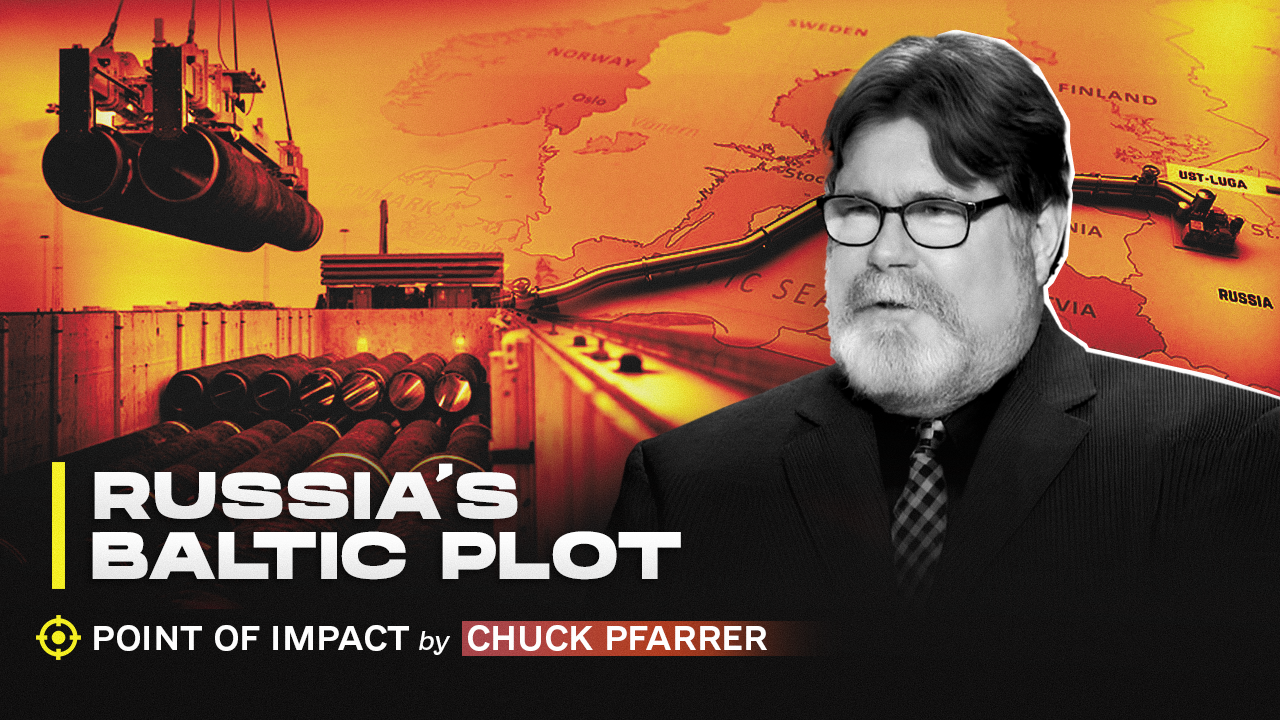The history of military forces having to cannibalize equipment, particularly when its resources are under pressure, stretches back to World War I and in the periods ever since.
In World War II, German forces fielded an ever-growing assortment of bizarre weapons. One example of which was the Hetzer tank destroyer.
JOIN US ON TELEGRAM
Follow our coverage of the war on the @Kyivpost_official.
The Germans took a Panzer 38(t) chassis, which was virtually ineffective against most Allied armored vehicles, but was mechanically reliable and could be manufactured in large numbers quickly. To it they fitted a low-profile, steeply sloped casement, containing the well-proven 75mm anti-tank gun that could reliably take down most Allied armored vehicles. It was now both relatively well protected and low-profile, better able to remain hidden compared to larger German tanks.
There was a logic behind such developments which was intended to improve what was available and the Germans still had an abundance of assets with which to work. One has to question the logic of what it is reported that the Russians have done. It suggests panic and highlights the shortage of the resources necessary to replace its losses.
The Kremlin’s forces have already lost as many as 1,700 tanks in Ukraine, including their most up-to-date versions of the T90 and a BMPT Terminator, an infantry fighting vehicle built on Russia’s brand-new Armata T-14 tank chassis. The UK’s Ministry of Defense say that even so called elite armored divisions, such as the 1st Guards Tank Army are now being equipped with 60-year-old T-62 tanks. In recent days it has also been reported that Russian BTR-50 armored personnel carriers, which first entered into service in 1954, have also been deployed to Ukraine.

Trump Makes 90 Day Foreign Aid Freeze – Ukraine Military Support Supposedly Untouched
Some Russian commanders, desperately short of battle-ready tanks, appear to have turned to improvising “Frankenstein” tanks from spare parts to fill the gap in their armory.
From the earliest days of the invasion, Russian tank commanders grew to fear the effects of Ukraine’s Javelin, N-LAW and drone anti-tank weapons. Images have often been seen of tanks and other vehicles fitted with overhead cages, additional scraps of armor and even wooden logs to try to prevent the full force of Ukrainian missile attacks.
Images are now appearing in social and in the mainstream media of bizarre, crudely-engineered vehicles being deployed in Ukraine. These show a 1950s-era naval anti-aircraft turret fitted to a Soviet-era MT-LB amphibious fighting vehicle.
Moscow likely turned to a naval turret because its navy has been far less depleted than its battle-stricken land forces, according to Justin Crump, of Sibylline, an intelligence and geopolitical risk firm: “I suspect it was improvised from naval turrets as they had access to them and the relevant ammunition,” he said.
Joe Barnes, a Brussels-based defense correspondent, also speculated in the Daily Telegraph’s on-line blog that the turrets might have been selected to try to provide defense against Ukrainian drone and missile attacks by “filling the sky with lead” in an attempt to knock them out before they hit their target.
Hamish de Bretton-Gordon, a British military analyst, said that Islamic State fighters had fielded similar vehicles in the Middle East and added: “The fact that a supposed first-world army is cobbling together different bits of kit not dissimilar to terrorist organizations like al-Qaeda and ISIS hopefully shows the perilous state of the Russian army,” he said.
Does Ukraine Improvise in this way?
In the early days of Russia’s invasion and prior to the arrival of Western equipment, Ukraine also needed to fall back on Soviet-era equipment to support its armed forces. Where they identified a “capability gap” they also took to combining gear from different weapon systems.
This did not smack of the current desperation of the Russian forces but exemplified the innovation and “out of the box” thinking that has been a feature of Ukraine’s resistance since the invasion.
Firstly, although Ukraine had been modernizing its tank fleet for several years, they still had to mobilize older, unmodified tanks to provide sufficient numbers to engage the enemy. Realizing that these would likely be vulnerable to newer generations of anti-tank weapons, the Ukraine began to fit Explosive Reactive Armor (ERA) to these older tanks.
ERA consists of metal boxes containing explosives that can be fixed to the outside of the tank. When a box is struck by an anti-tank weapon, the explosives inside detonates causing disruption of the projectile from both the explosives and the body of the box and preventing penetration of the main armor.
Another example of Ukraine’s lateral thinking to better equip its forces, in the early days of the war, can be seen in the way that ageing military reconnaissance vehicles were converted into combat vehicles by installing combat modules and turrets from other weapon systems.
One example of this was fitting turret of a 2S9 Nona-S mortar system to the chassis of a BRM-1K reconnaissance vehicle.
The 2S9 Nona-S is a self-propelled mortar of Soviet origin that can be used as a mortar or howitzer, delivering direct or indirect fire. It has a maximum range of 8.85 km (12.8 km with rocket-assisted projectiles) and can engage armored vehicles.
While Ukraine receives modern tanks and other latest technology weapons systems from its Western partners, Russia cannot expect such external assistance. In the meantime, Ukraine continues to make the most of what it currently holds but has yet to reach the levels of desperation exhibited by Russia who is still wedded to the belief that it is numbers, never mind the quality of which, that will prevail.
The appearance of these latest “Frankenstein” vehicles further undermine that viewpoint.
You can also highlight the text and press Ctrl + Enter
















